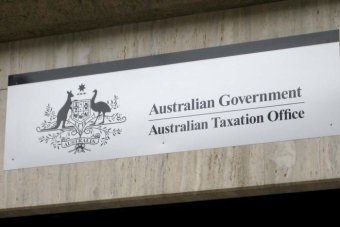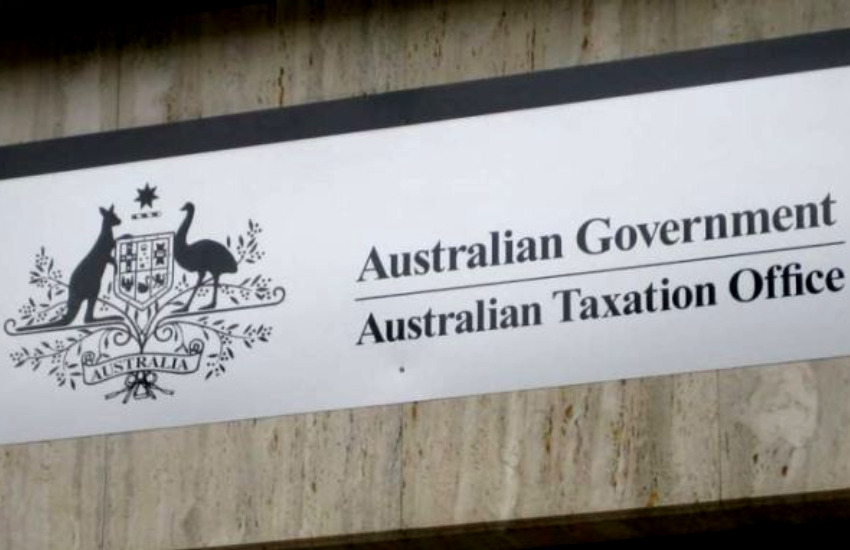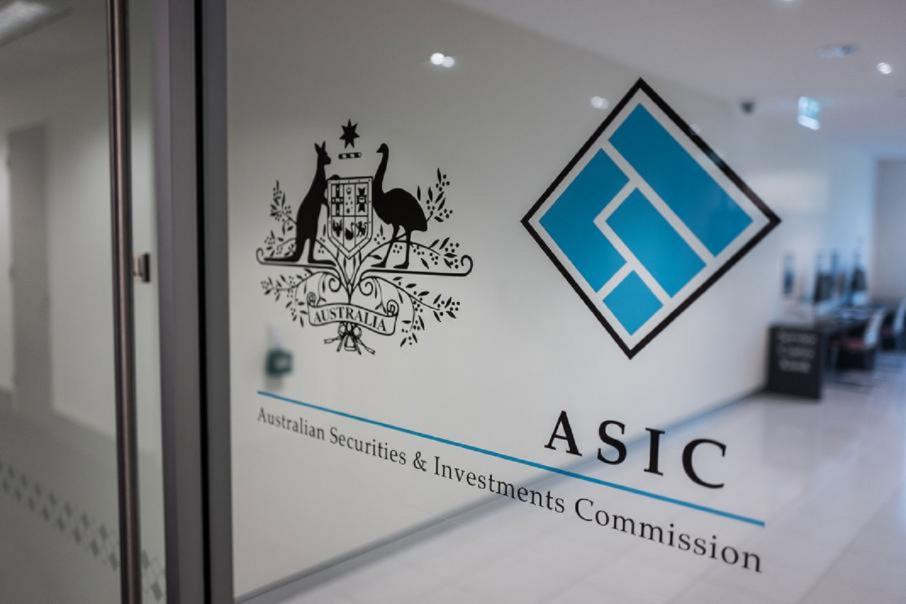Non-arm’s length income (NALI) determinations from the ATO must crop up now and then in SMSF trustee nightmares, particularly in regard to LRBAs.
While the NALI provisions are an accepted anti-avoidance measure designed to stop income that would otherwise attract the top marginal tax rate being directed to an SMSF, they are coming under more and more scrutiny from the regulator due to the tax revenue potentially skirting legitimate collection.
In this regard, trustees and practitioners should note that there is new legislation that seeks to draw even tighter the operating rules on NALI with a focus on the expenditure side of transactions.
Treasury Laws Amendment (2018 Superannuation Measure No. 1) Bill 2019 has now passed both houses of Parliament. This amends NALI provisions in the income tax law to specifically include non-arm’s length expenses. Note that LCR 2019/D3 and PCG 2019/D6 will aid understanding of the new rules greatly.
The EM to the legislation provides examples of where either an SMSF’s expenses are less than what would have been incurred had the parties been dealing at arm’s length, or there is no loss, outgoing or expense incurred by the SMSF where some would have been expected if the parties had been dealing at arm’s length. In these situations, the income earned by the SMSF is treated as NALI and taxed at the highest rate.
In short, the bill clarifies the operation of Subdivision 295-H to make sure that SMSFs and other complying superannuation entities cannot circumvent the NALI rules by entering into schemes involving non-arm’s length expenditure (including, as noted, where expenses are not incurred).
Note also that any capital gains from a subsequent disposal of an asset may also be treated as NALI. The former law might not have applied to net capital gains in line with the policy intent of Subdivision 295-H. For example, a fund acquires an asset at less than its market value through non-arm’s length dealings and then disposes of the asset for market value consideration.
The resulting net capital gain may arguably be the same as the gain that would have resulted had the parties been dealing with each other at arm’s length when the asset was acquired, due to the operation of the cost base market value substitution rules in section 112-20.
This meant that the former non-arm’s length income rules may have had no effect, even though the transaction diverts more wealth into the concessionally taxed superannuation entity than would have been possible had the relevant dealings been at arm’s length. The new bill aims to rectify this.
The EM provides an example of non-arm’s length expenses:
An SMSF acquired a commercial property from a third party at its market value of $1,000,000 on 1 July 2015.The SMSF derives rental income of $1,500 per week from the property ($78,000 per annum).
The SMSF financed the purchase of the property under limited recourse borrowing arrangements from a related party on terms consistent with section 67A of the SIS Act. The limited recourse borrowing arrangements were entered into on terms that include no interest, no repayments until the end of the 25 year term and borrowing of the full purchase price of the commercial real property (that is, 100% gearing).
The SMSF was in a financial position to enter into limited recourse borrowing arrangements on commercial terms with an interest rate of approximately 5.8%. The SMSF has not incurred expenses that it might have been expected to incur in an arm’s length dealing in deriving the rental income.
As such, the income that it derived from the non-arm’s length scheme is non-arm’s length income. The rental income of $78,000 (less deductions attributable to the income) therefore forms part of the SMSF’s non-arm’s length component and is taxed at the highest marginal rate.
However, there will be no deduction for interest, which under the scheme was nil. Non-arm’s length interest on borrowings to acquire an asset will result in any eventual capital gain on disposal of the rental property being treated as non-arm’s length income.
Source: Tax & Super Australia









